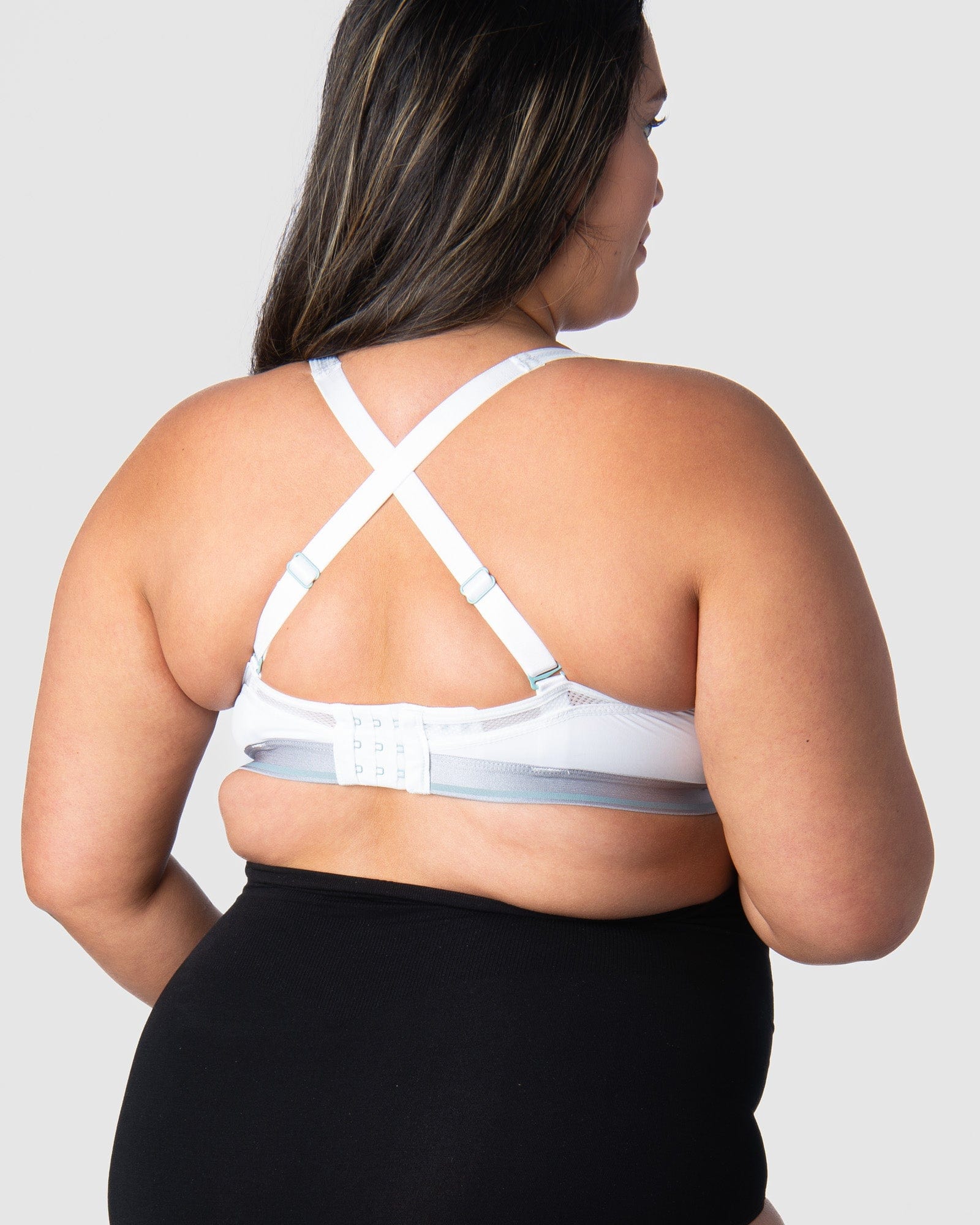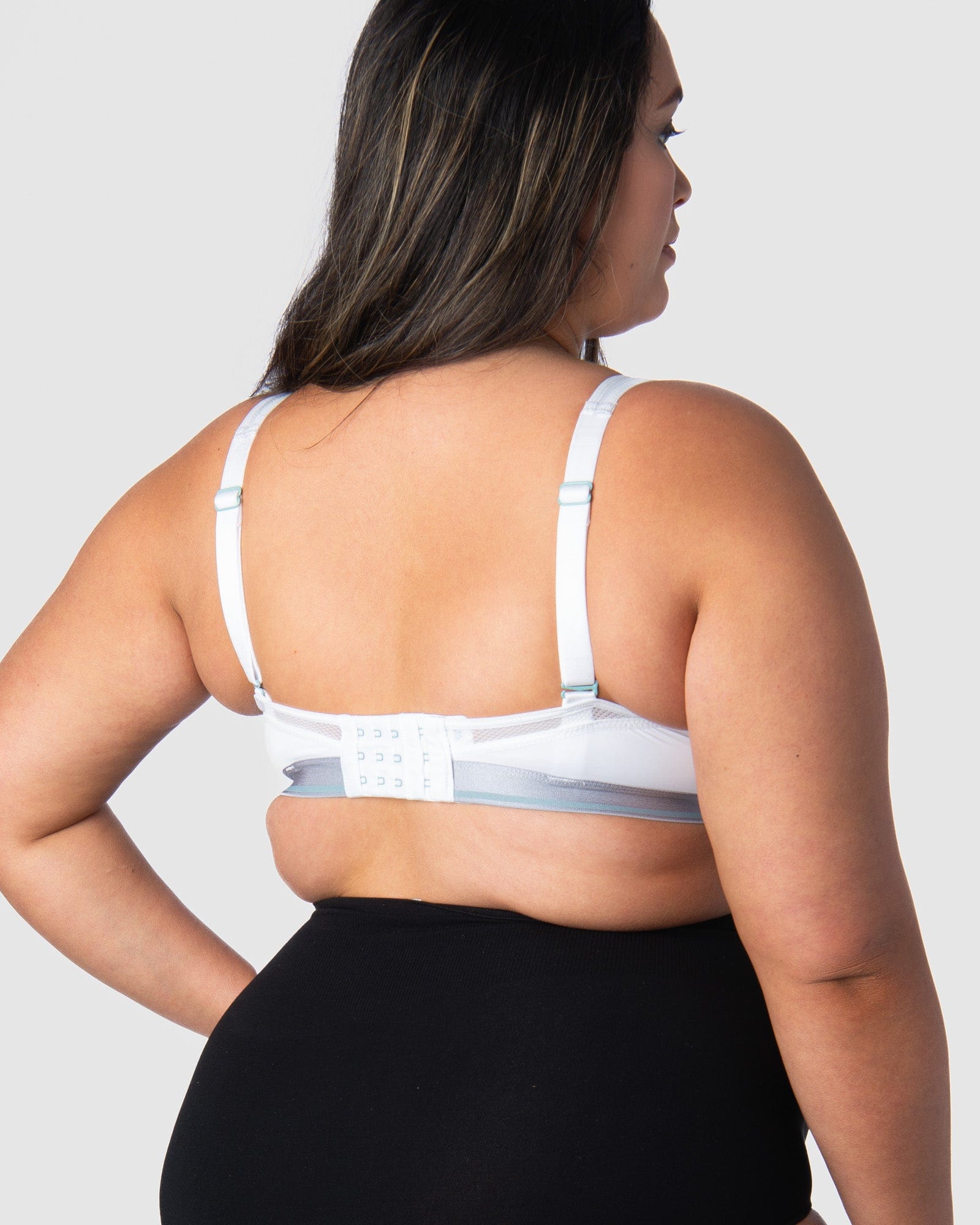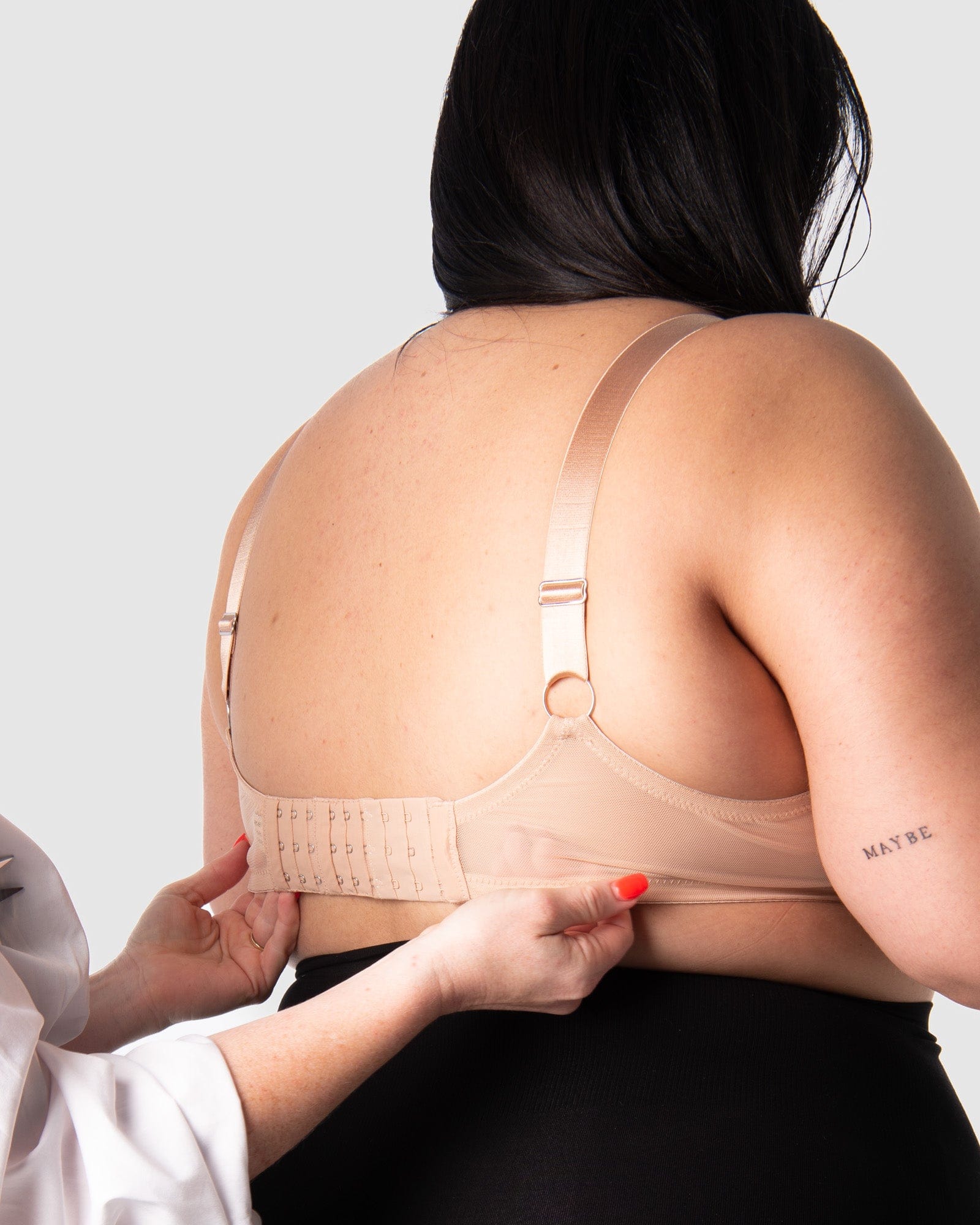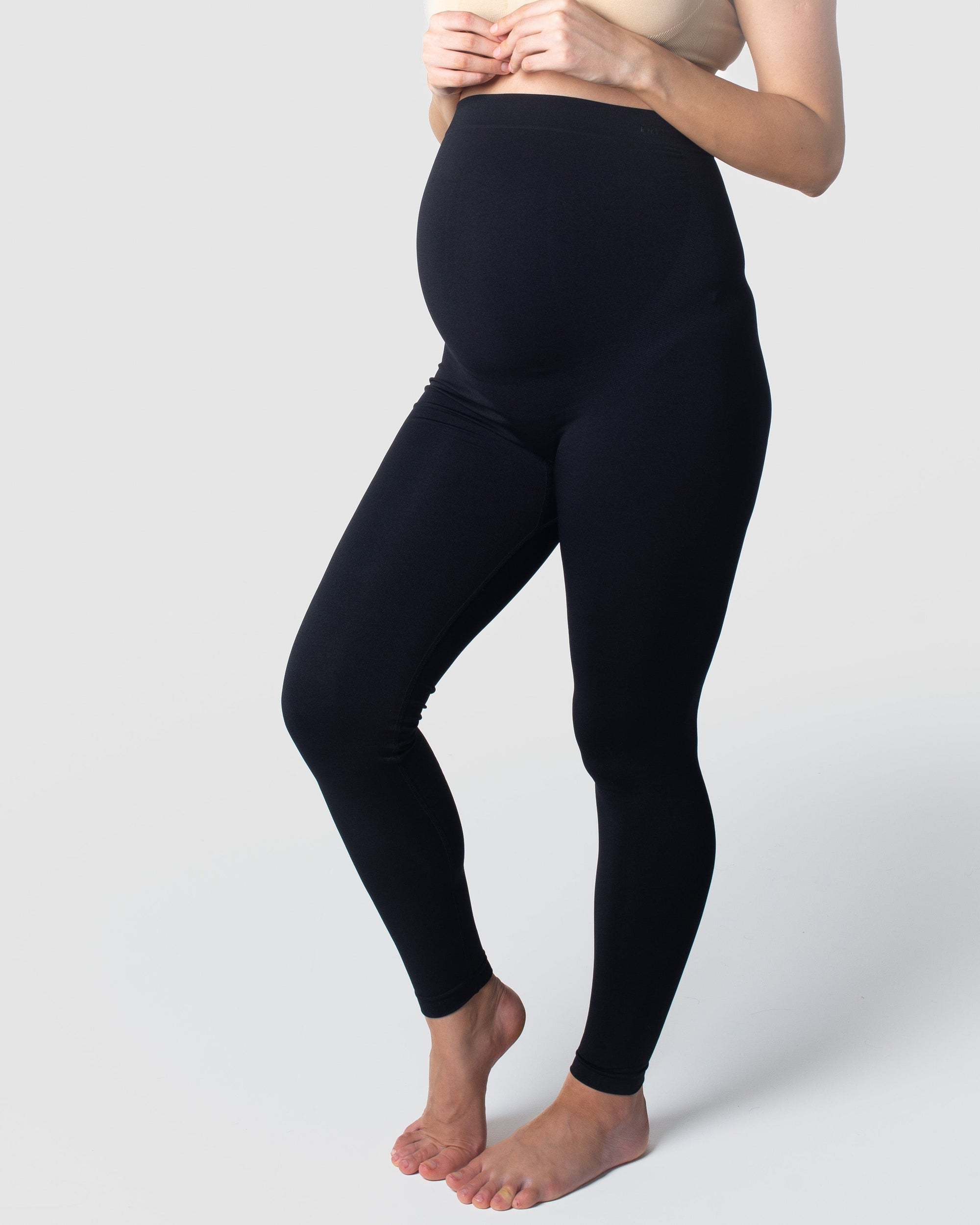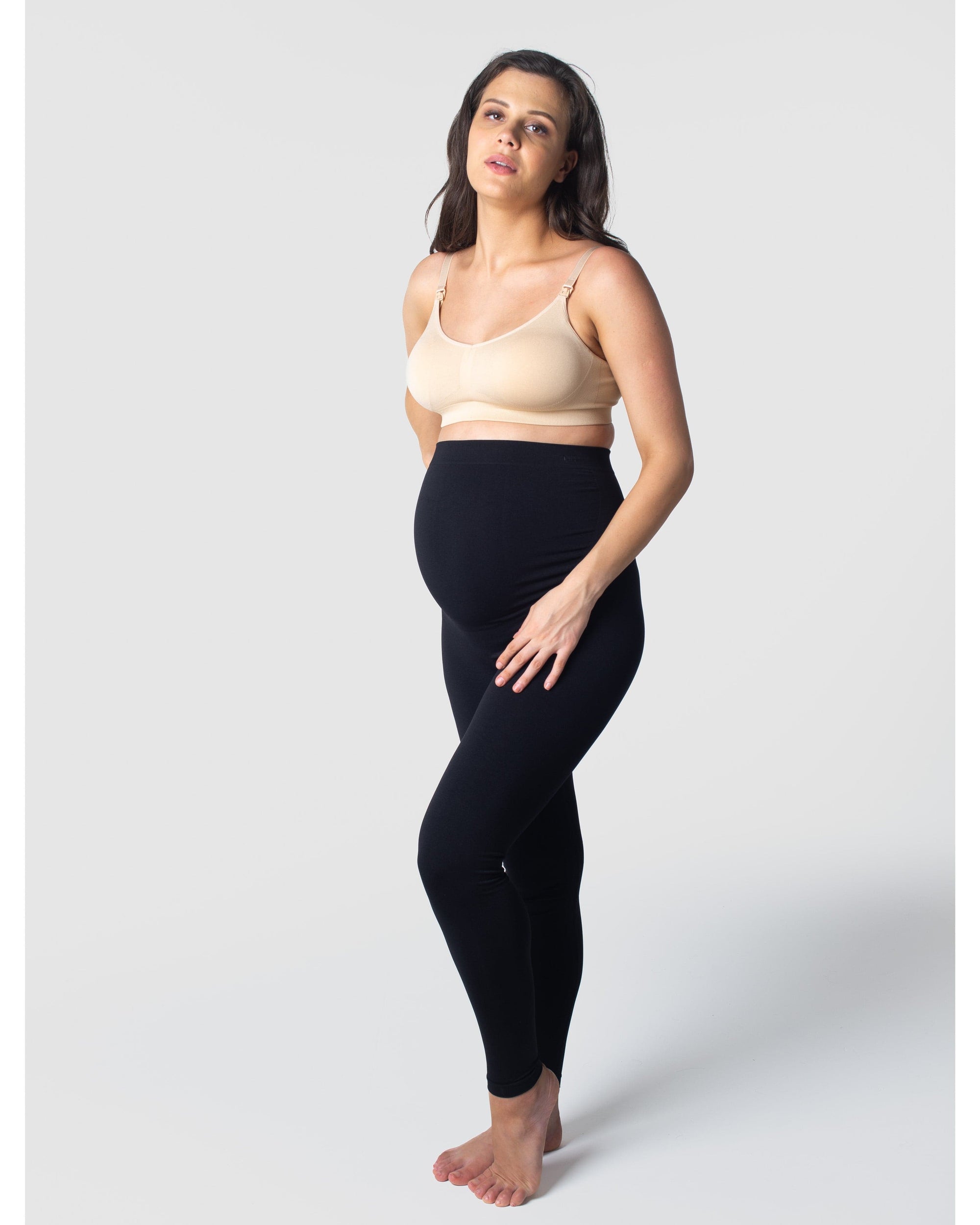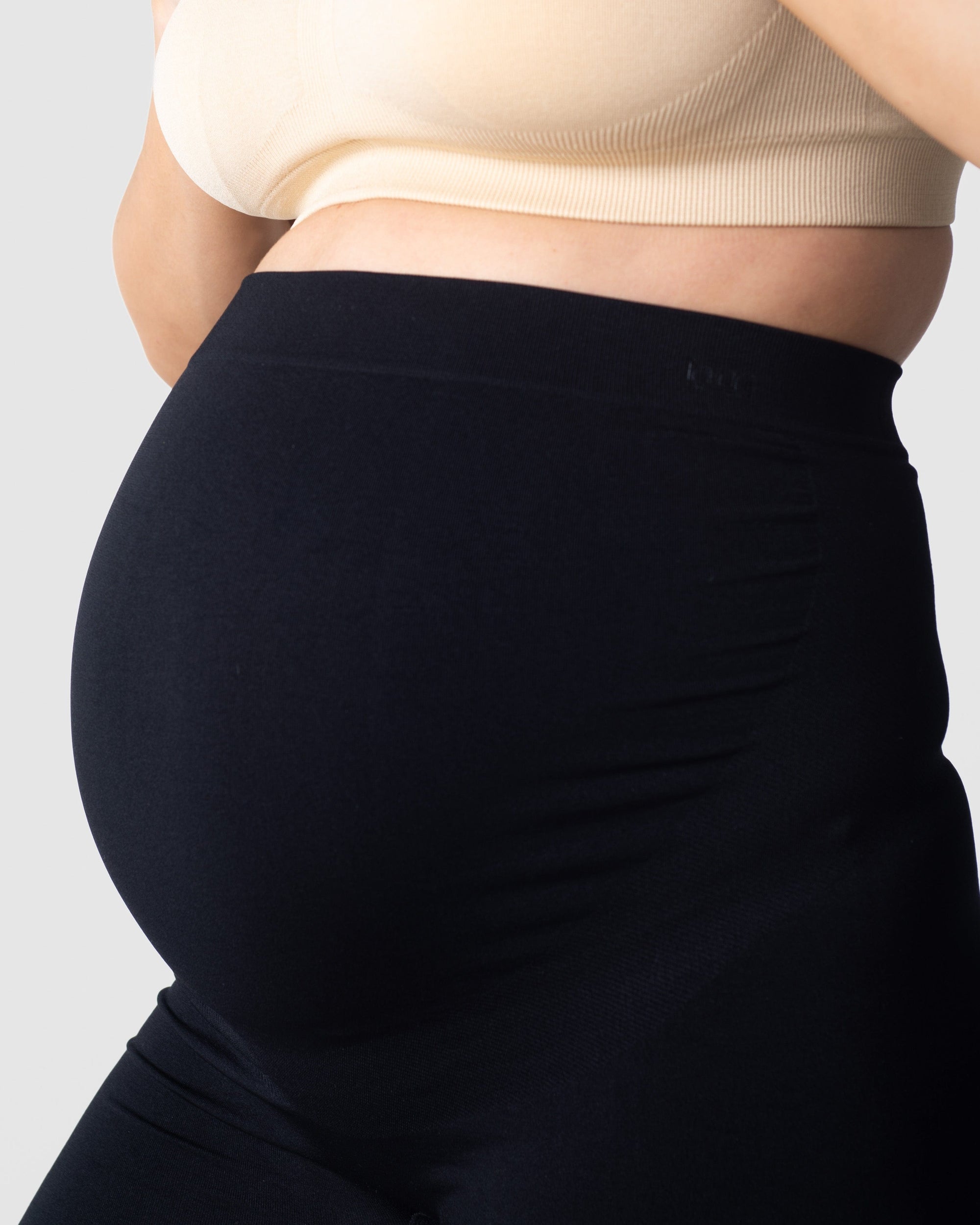Congratulations, you’re pregnant! Three words that change your life forever. Before you know it you are plunged in to a new world of baby must-haves, nursery furniture, prams and maternity wear. You’re body is rapidly changing and every second person has an opinion on what you should or shouldn’t be doing…what kind of food you should eat, how much coffee you are allowed, what kind of exercise you can do…So how do you know what information you can trust? And exactly what exercise can you do during pregnancy? Now that you are pregnant do you have to give up running? Or the gym? Well the best place to start is to speak to your care provider. They can discuss with you any individual needs and assess you for any contraindications that may apply.
In Australia and New Zealand the current physical activity guidelines for adults actually state that we should aim to be active every day! Or more specifically 75-150 minutes per week of vigorous intensity, 150-300 minutes of moderate intensity or a combination of the two. Muscle strengthening sessions should also be performed twice a week. These guidelines also apply to healthy pregnant women.
So what are the benefits to staying active throughout pregnancy? We know that exercising regularly helps maintain fitness levels and prevents excessive weight gain, this can lead to improved birthing and reduced complications. Women who exercise during pregnancy have been shown to have reduced depression and improved body mindfulness, less back pain, less pelvic pain and improved continence. There is also some evidence that conditions such as Gestational Diabetes and Pre-eclampsia can be better managed or even prevented with exercise.
Women who are new to exercise are suggested to start at 15-20 minutes of light exercise, on alternate days. Those accustomed to exercise should aim for 30 minutes a day up to ~60 minutes a day (assuming they aren’t doing ‘heavy’ exercise or overheating). The intensity of exercise depends on the women’s’ baseline, this can be monitored during exercise based on the individuals perceived exertion (also known as the ‘Borg scale’) or a simple ‘talk test’ – being able to maintain a conversation during the exercise indicates a level that is not overexerting them.
What kind of exercises can pregnant women do? There is a consensus that a previously active woman can continue with her usual exercise with modifications for pregnancy ie walking or running, weight training, swimming, stationary bike riding. Although there are certain considerations woman need to be aware of such as avoiding lying flat on their back from ~16 weeks pregnant, avoiding breath holding/straining/isometric exercises or exercises that may involve direct contact with the abdomen or a risk of falling.
When exercising it is important to consider those major changes occurring in the body: decreased blood pressure, increased resting heart rate, a change in centre of gravity, increased weight, an enlarged uterus, increased ligament laxity and increased load on the pelvic floor.
Remember there are so many benefits from exercise for both mother and baby however pregnancy is NOT the time to increase training. Any exercise regime should be discussed with your health care provider and only commenced once appropriate screening has been done.
Joanne Brown
Physiotherapist - Lifecare Cockburn ARC, Perth WA.
**All information has been taken from The Royal Australian and New Zealand College of Obstetricians and Gynaecologists. You can read the full guidelines here.













